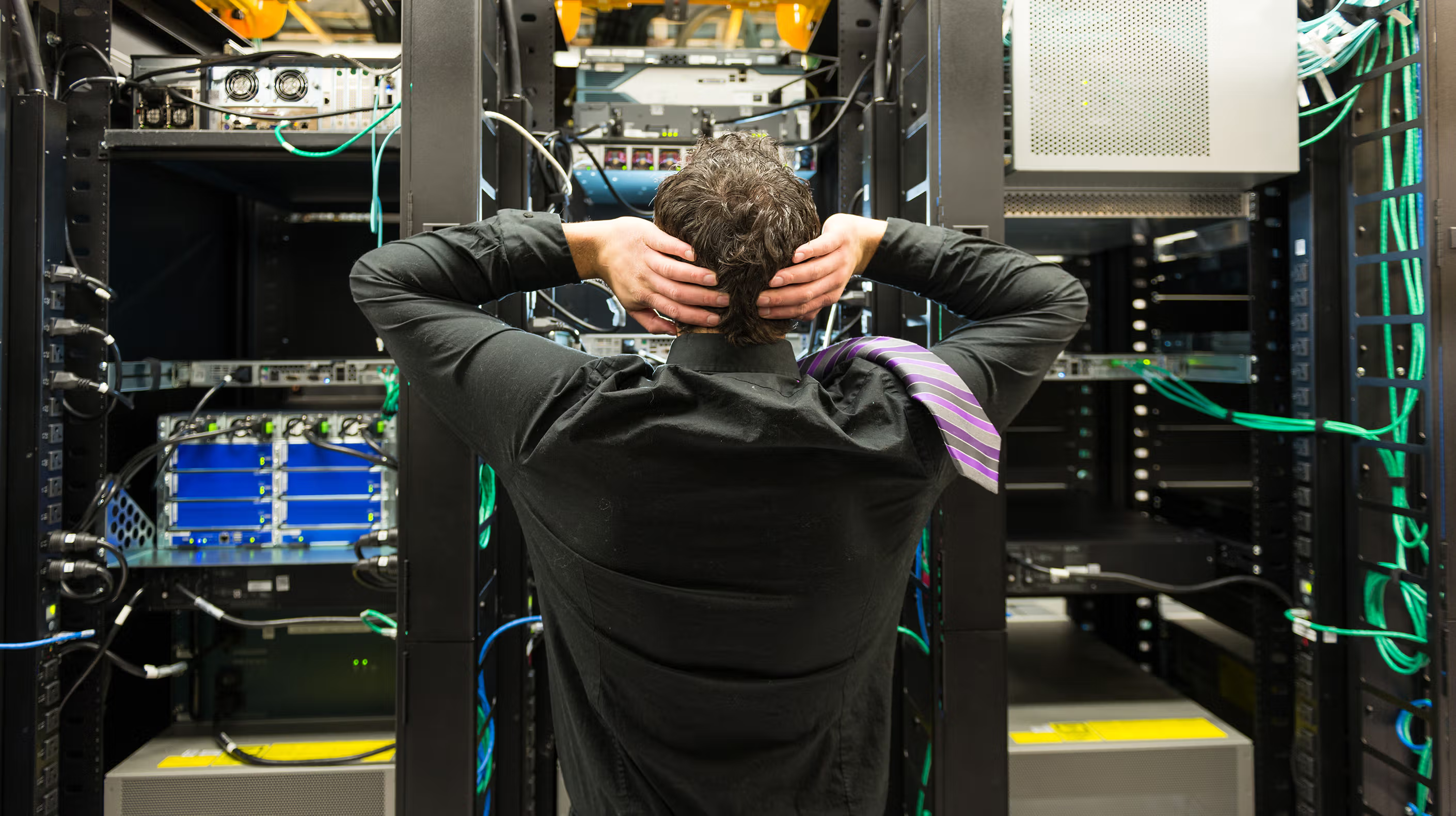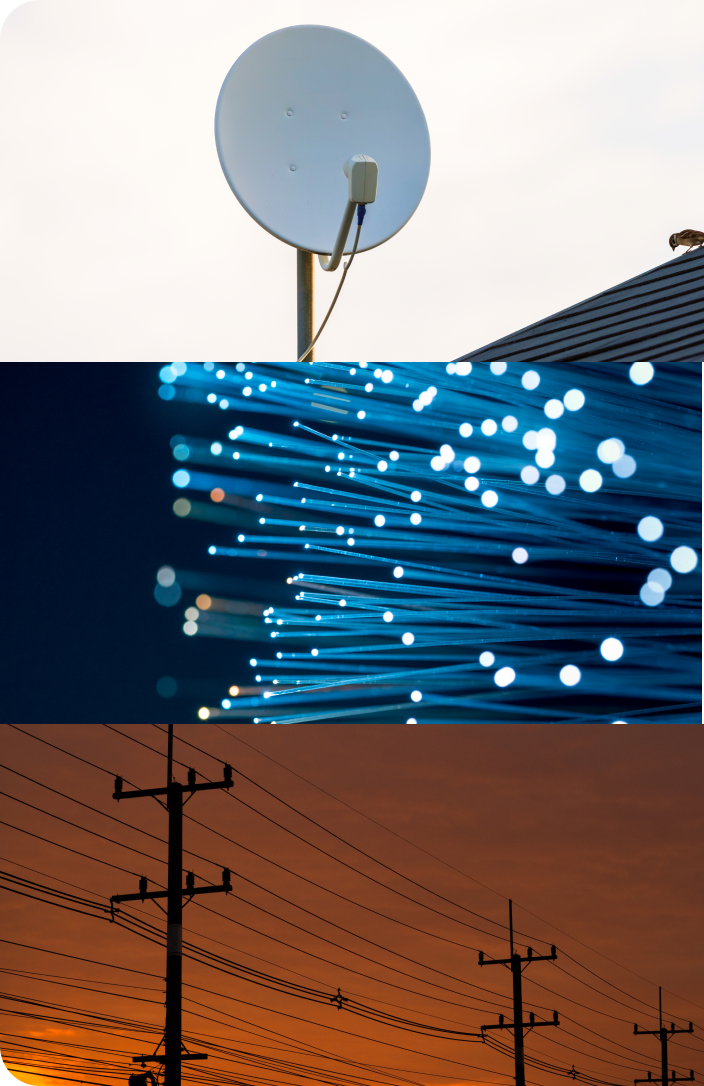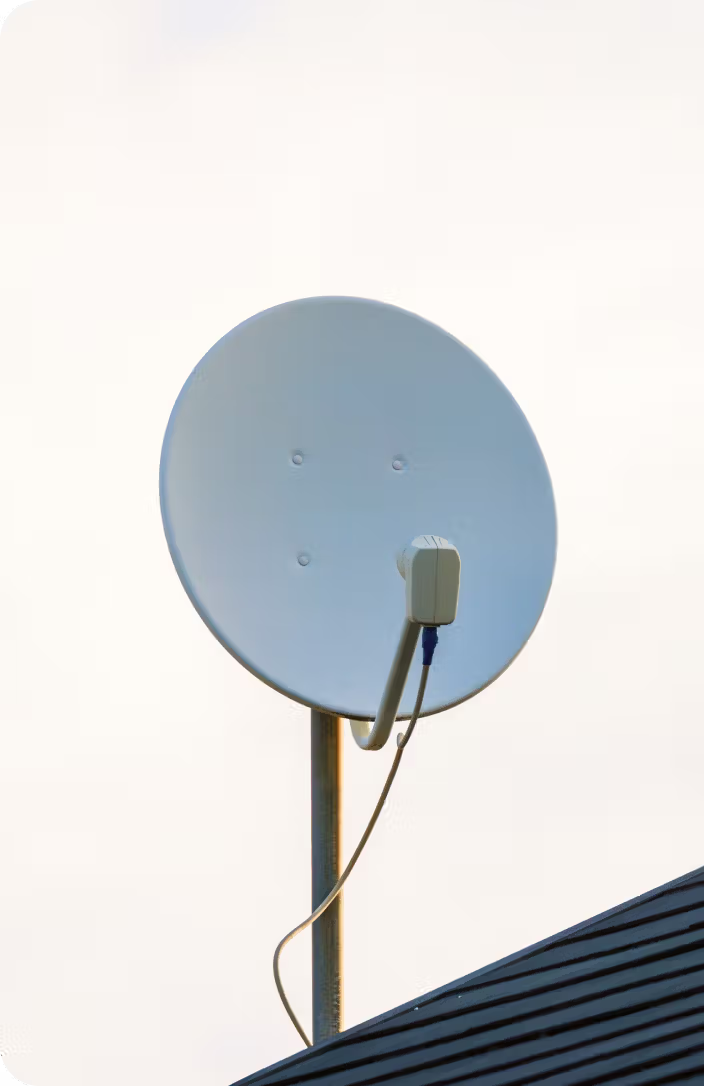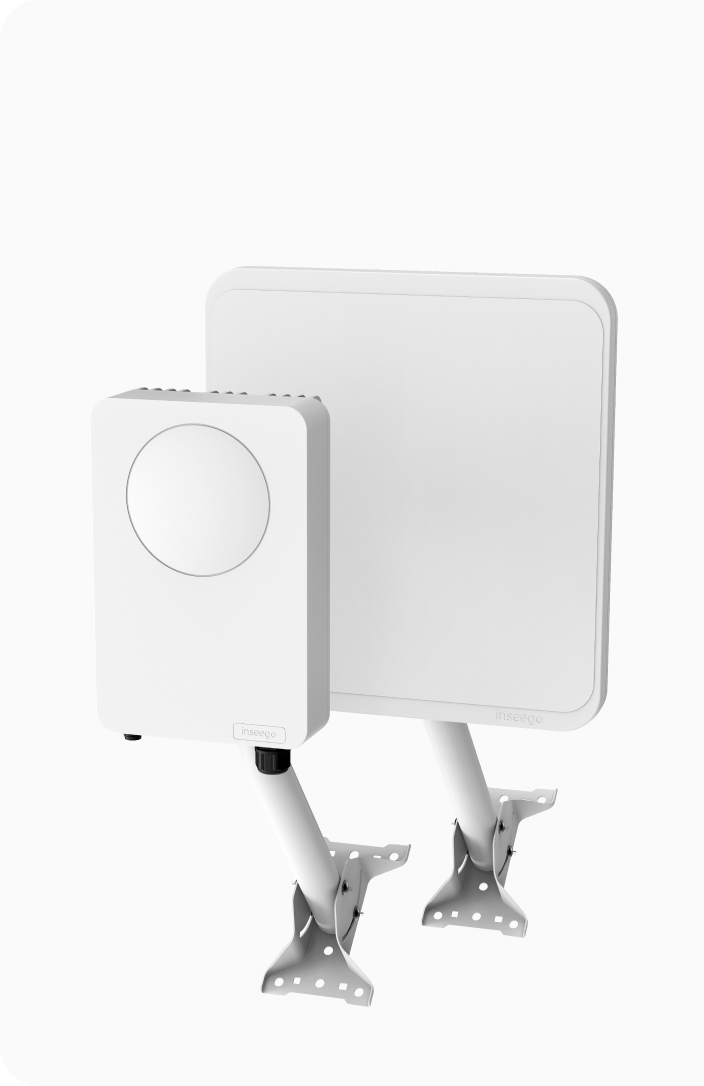Also in this category
View more in Network FailoverNetwork Failover
How to address network failure to avoid costly business downtime
Updated on August 11, 2025

Network failure is potentially devastating in today’s era of technology-driven businesses. With so much network reliance, failures, or even interruptions can cost enterprises dearly in money, reputation, and time. To effectively anticipate, avoid, and address this issue, businesses need to understand the:
- Complexities of network systems
- Causes and impacts of network failures
- Cost-effective solutions available
Causes of network failure
Understanding how network failures happen is the first step in avoiding and addressing them. Some of the most common causes include:
- Software failures
- Hardware failures
- Misconfiguration or errors in network setup
- Power outages
- Human Error
- Network congestion
Unforeseen circumstances
Unforeseen circumstances, such as natural disasters, power outages, and network-wide disruptions, can temporarily or indefinitely disrupt networks. As such, businesses must implement measures that will enable them to remain running during such events. Data centers, redundant network devices & systems, and regular testing of system functionality will help businesses avoid shutdowns and address them quickly when they do happen.
Congestion and overload
Congestion and overload can severely affect network performance. In most cases, the issues are caused by the misconfiguration of routers or parameters that govern traffic flow. Relieving these issues requires a thorough evaluation of the system and its parameters. Installing load balancers will evenly distribute traffic across multiple devices and reduce the strain on individual components.
Network misconfiguration
The misconfiguration of network components is one of the most common causes of network failure. This includes improper setup of routing tables, incorrect parameter settings, and device configuration errors. To ensure the proper functioning of a network, system administrators must be able to identify and troubleshoot any configuration changes or network issues that arise.
Security breaches
Hackers and malicious actors can easily exploit security vulnerabilities, leading to a loss of confidential information, data corruption, and other financial losses. Businesses must implement security measures such as firewalls, regular virus scans, and authentication processes to protect their networks.
Software failures
Software errors or badly configured systems, including hardware compatibility issues and configuration conflicts, can impede network functions. Regular updates of software and hardware help minimize this risk. Additionally, rigorous testing of system functionality should be conducted to identify and resolve any potential issues.
Bugs in the firmware
Bugs in the firmware can lead to sudden network failure. Regular firmware updates help prevent the introduction of bugs. Businesses should also test new firmware versions before they are implemented.
Network topology conflicts
Conflicts between network topologies can also lead to network failure. This can include IP address conflicts, incorrect routing, and improper cabling. Proper cabling and continual monitoring of networks is essential to ensure conflicts do not arise.
Hardware failures
Hardware failures are a significant concern as well, as a defective or broken device can cause system-wide malfunctions. To reduce the risk of hardware failure, businesses must regularly replace obsolete equipment and test all devices before implementation.
Firewalls
Firewalls are essential for protecting networks from unauthorized access and malicious actors, both at the hardware and software level. However, they can also fail due to improper implementation, incorrectly configured software, and a lack of security patches. Deploying updated versions of the software as it becomes available and regularly performing security scans helps mitigate this risk.
Discontinuities
Discontinuities in power supplies, cables, routers, and other network equipment can also cause network failure. This is best mitigated with regular inspection and replacement of defective equipment.
Power failure
Power supplies are essential for the operation of most network systems, and interruptions in power have a proportionate impact on networks. Businesses must ensure that their power supplies are correctly configured and functioning properly. Installing surge protectors is one way to prevent network interruption or failure from power surges caused by shorts or electrical storms.
Reducing risk of network failure
To reduce the risk of network failure, businesses must proactively monitor and troubleshoot their systems. Cost-effective solutions such as load balancers, failover solutions, and parameter monitoring can help prevent network downtime. Additionally, enterprises can rely on some of the best practices for reducing the risk of network failure, which include:
- Regular system troubleshooting
- Anticipating potential issues
- Monitoring performance
- Improving network security
Regular system testing
Periodic testing is essential for ensuring network stability. These tests must evaluate the functionality of the system, detect any issues, and identify misconfigurations, and should be conducted on a regular basis.
Anticipating issues
Solutions should not be determined when a network issue happens, but in advance. Businesses must be prepared to respond to potential issues quickly and efficiently. To ensure this, system administrators should be trained to anticipate and troubleshoot any potential issues that may arise.
Active performance monitoring
Monitoring performance allows businesses to identify any potential issues before they result in network outages. Network management systems can be used to provide insight into system operations and track the performance of different devices and routers.
Improving network security
One of the most important aspects of network security is patch management. Regularly applying security patches to devices and systems can help protect networks from malicious actors and protect data from potential breaches. Additionally, businesses must regularly scan for potential vulnerabilities and apply appropriate measures to protect their systems.
Inseego offers cost-effective network failure risk mitigation
Inseego offers cost-effective, end-to-end solutions cellular failover solutions designed to detect, troubleshoot, and prevent network outages, as well as recovery plans for rapid disaster recovery. These offerings help mitigate the risk of network failures by focusing on five key areas of effective network management, as outlined below.
1. Automated network monitoring & diagnostics
Our cloud management platform Inseego Connect offers real-time visibility and diagnostics into network performance, ensuring the root causes of issues are quickly identified and fixed. These solutions offer proactive performance monitoring of the entire network, alerting administrators of any problems to aid in the creation of recovery plans for rapid disaster recovery.
Learn more about Inseego Connect2. Optimized bandwidth utilization
By optimizing the usage of network bandwidth with SD-WAN and in-depth performance analytics, we can ensure ideal network speeds and performance at all times for your business.
Learn more about SD-WAN3. Rural and urban connectivity
Our outdoor cellular antennas can be used as primary or secondary internet in locations where traditional connectivity doesn't reach. You can either pair our device with satellite internet or let your entire network be cellular based.
Learn more about our 5G cellular antennas4. Dual-SIM flexibility
All of our devices come with dual-sim slots which give you access to a multi-tiered failover system. If one of your providers fail at your location our devices will automatically switch to your other SIM slot.
5. Dual-WAN capabilities
Our cellular routers include Dual-WAN slots which can be utilized to create a secondary cellular failover network incase your primary internet fails.
Learn more about our 5G cellular routersHave more questions about our solutions?
Talk to our experts!
Set your customers or business up with the fastest, easiest, most reliable fixed wireless solutions.
Do you currently have a failover solution?
What are you using for failover?
Cellular provides a superior failover option compared to cable
Cellular provides a superior failover option compared to fiber
Cellular provides a superior failover option compared to satellite
Are you interested in using cellular for failover instead?
Cellular is an ideal failover solution for businesses
Are you interested in using cellular as failover for your business?
Besides failover, are you interested in using cellular for flexible or temporary internet?
Even if temporary internet isn’t a focus, would you be interested in using cellular for cost-effective scalability?
Here's some resources
Here's the solution for failover!
Here's a cost-effective solution!
Here's the solution for temporary internet!
What are your details?
How can we contact you?















Did you know?
Our hugely experienced team are located across the USA.
We’ll connect you with the Inseego team member nearest to you.
What happens next?
We aim to contact you via email within 1 business day to arrange a suitable to time for a detailed discussion of your needs.
